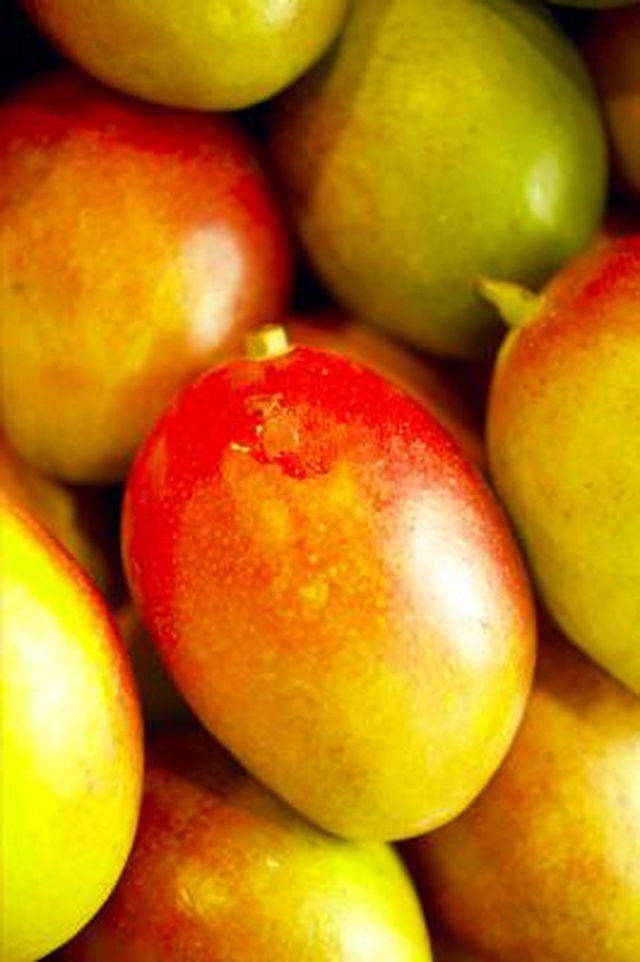Bulbs
Flower Basics
Flower Beds & Specialty Gardens
Flower Garden
Garden Furniture
Garden Gnomes
Garden Seeds
Garden Sheds
Garden Statues
Garden Tools & Supplies
Gardening Basics
Green & Organic
Groundcovers & Vines
Growing Annuals
Growing Basil
Growing Beans
Growing Berries
Growing Blueberries
Growing Cactus
Growing Corn
Growing Cotton
Growing Edibles
Growing Flowers
Growing Garlic
Growing Grapes
Growing Grass
Growing Herbs
Growing Jasmine
Growing Mint
Growing Mushrooms
Orchids
Growing Peanuts
Growing Perennials
Growing Plants
Growing Rosemary
Growing Roses
Growing Strawberries
Growing Sunflowers
Growing Thyme
Growing Tomatoes
Growing Tulips
Growing Vegetables
Herb Basics
Herb Garden
Indoor Growing
Landscaping Basics
Landscaping Patios
Landscaping Plants
Landscaping Shrubs
Landscaping Trees
Landscaping Walks & Pathways
Lawn Basics
Lawn Maintenance
Lawn Mowers
Lawn Ornaments
Lawn Planting
Lawn Tools
Outdoor Growing
Overall Landscape Planning
Pests, Weeds & Problems
Plant Basics
Rock Garden
Rose Garden
Shrubs
Soil
Specialty Gardens
Trees
Vegetable Garden
Yard Maintenance
How to Treat Bugs on a Mango Tree
How to Treat Bugs on a Mango Tree. A good number of pests can affect the health of a mango plant, including white flies, scale, mealybugs and aphids. Though it is near impossible to have a mango plant that is entirely free of harmful insects, controlling insect populations to a degree that your mango is safe and producing a satisfactory harvest is...

A good number of pests can affect the health of a mango plant, including white flies, scale, mealybugs and aphids. Though it is near impossible to have a mango plant that is entirely free of harmful insects, controlling insect populations to a degree that your mango is safe and producing a satisfactory harvest is not very difficult, as long as you adhere to a regular maintenance schedule for the well-being of the tree.
Things You'll Need
Pruners
Shovel or tiller
Neem oil
Insecticidal soap
Polythene plastic band
Insecticide sprayer
Beauveria bassiana fungus
Remove debris from around the mango tree. All fallen limbs and fruit should be moved regularly from the soil around the tree. Insects often live in dead limbs and fruit and can find their way into the soil if old debris is not removed.
Prune rotten fruit and limbs. Also prune limbs that are intersecting. This is good practice for the general well-being of your mango tree; and, the healthier the tree is, the less likely pest infestation will occur. Limbs and fruit that show signs of infestation should be removed and burned immediately or buried at least 20 inches underground.
Attach a polythene plastic band at least 10 inches wide around your tree's trunk before branching begins. These bands can be found at many garden centers. They will prevent aphids and scale as well as other insects from getting into your tree's foliage from the soil.
Apply neem oil as blossom buds begin to appear on your mango tree. This stunts the growth of most insect species and repels insects as well.
Apply insecticidal soap if infestations of aphids, mealybug, or scale become apparent. Application should occur every five to seven days until the infestation is over. Cover foliage entirely.
Apply Beauveria bassiana fungus to leaf foliage if any insect infestation is not ameliorated by other preventative measures. This fungus is common in most soils and very effective for the removal of many insects known to attack mango trees. Apply every five to seven days until the infestation is resolved.
After fruit has matured and been picked, till the soil around the mango tree. Most mango pests live in the soil and, by tilling the soil around the tree, larva and pupae of many pests will be killed.
Tips & Warnings
Try not to use chemical pesticides if possible. Beneficial predatory insects are actually the most effective treatment for pests on mango trees and will thrive and keep your tree safe if insecticides are used minimally.